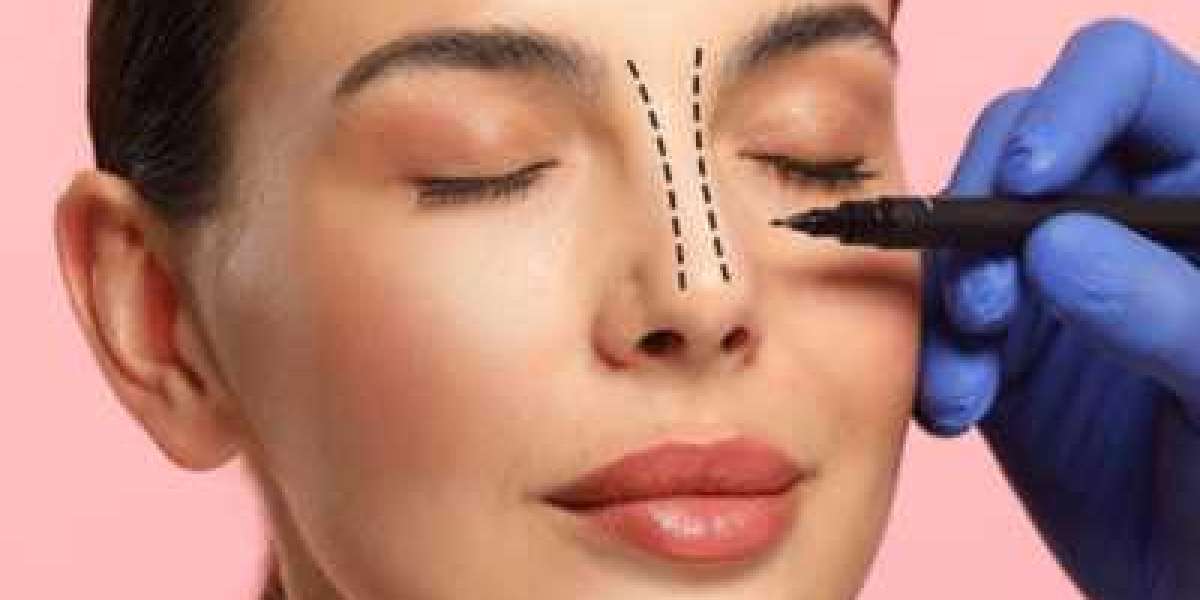If you've been struggling with nasal congestion, snoring, or a crooked nose from injury, rhinoplasty could offer a dual solution: improved function and facial harmony.
The Functional Side: Breathing Matters
Breathing is a basic, essential function, yet many people suffer from impaired airflow due to internal nasal blockages. This can be caused by a deviated septum, enlarged turbinates, or trauma from an injury. Functional rhinoplasty focuses on correcting these structural problems, improving air passage, and alleviating chronic issues such as:
Difficulty breathing through the nose
Frequent sinus infections
Mouth breathing during sleep
Snoring or sleep apnea symptoms
A septoplasty, which straightens the nasal septum, is often performed alongside cosmetic rhinoplasty to deliver both functional and visual improvement.
The Aesthetic Side: Boosting Confidence
At the same time, rhinoplasty is a powerful tool for enhancing facial symmetry and aesthetics. Whether your concerns involve a bump on the bridge, a wide or drooping nasal tip, or overall imbalance, the surgery can be tailored to your specific goals.
An experienced surgeon will take into account your facial structure, ethnicity, and personal preferences to create a nose that complements—not changes—your natural features.
Aesthetic rhinoplasty can address:
A crooked or asymmetrical nose
A bulbous or droopy nasal tip
Wide or flared nostrils
A pronounced dorsal hump
A nose that's out of proportion with the rest of your face
The result is often not just physical, but emotional—patients frequently report improved self-esteem and confidence.
Why Choose Rhinoplasty for Both?
One of the most compelling aspects of rhinoplasty is its customizability. The procedure is not one-size-fits-all. Many patients don't realize that their cosmetic concerns and breathing problems may be linked. For instance, a nose that appears crooked externally might also have internal deviations that block airflow.
By choosing a board-certified plastic surgeon who specializes in both functional and aesthetic rhinoplasty, you can address both needs in a single surgery—saving time, reducing overall recovery, and achieving holistic results.
What to Expect During Recovery
Rhinoplasty is typically performed under general anesthesia and takes 1 to 3 hours. After surgery, you may have nasal packing or splints to support the internal and external structure of your nose.
Recovery Timeline:
First week: Swelling and bruising are most noticeable; most patients can return to work after 7–10 days.
2–4 weeks: Gradual reduction in swelling; breathing may feel slightly restricted during healing.
3–6 months: Functional improvements become more noticeable; subtle shape refinement continues.
1 year: Final results are fully settled.
While results take time to finalize, the long-term benefits in both appearance and breathing can be life-changing.
Is Rhinoplasty Right for You?
If you’re constantly frustrated by how your nose looks or find yourself struggling to breathe comfortably, rhinoplasty may be the right option. During your consultation, your surgeon will evaluate the internal and external structure of your nose, listen to your concerns, and develop a personalized plan.
Whether your motivation is medical, cosmetic, or both, rhinoplasty offers a unique solution that delivers lasting comfort, beauty, and confidence.
Final Thoughts
Rhinoplasty isn’t just about looking better—it’s about living better. The ability to breathe freely is vital to your health, sleep, and daily comfort, while a balanced, natural-looking nose can dramatically improve how you feel about your appearance. With today’s advanced surgical techniques, you no longer have to choose between form and function—you can have both.







